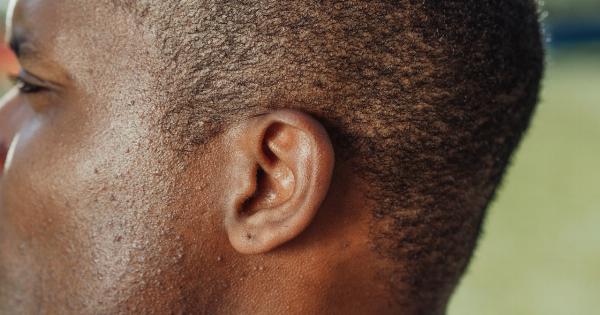Air travel has become an essential means of transportation across the world. It has made it easier and faster to travel great distances. Despite the benefits, air travel is not without its challenges.
One of these challenges is the physical effects that flying can have on our bodies. In this article, we will take a look at some of the most significant physical effects of air travel and what you can do to mitigate them.
Dehydration
Flying is an incredibly dehydrating experience. The average humidity level in an airplane cabin is around 20%, which is significantly lower than the 30-60% humidity level that is considered healthy for humans.
This low humidity level leads to increased evaporation of moisture from our skin and lungs, which can cause dehydration.
Symptoms of dehydration include dry skin, chapped lips, dry eyes, and fatigue. To avoid dehydration, it’s essential to drink plenty of water before, during, and after your flight.
You should also avoid alcohol and caffeine, both of which are diuretics that can increase dehydration.
Ear Pain and Pressure
Another common physical effect of air travel is ear pain. This condition occurs because of changes in air pressure in the cabin during takeoff and landing. This pressure can cause discomfort, pain, and even temporary hearing loss.
One way to alleviate ear pain is to chew gum or suck on hard candies during takeoff and landing. Doing so will help to equalize the air pressure in your ears. You can also try yawning or swallowing frequently to help adjust to the changes in air pressure.
If you experience severe ear pain or have a pre-existing ear problem, you should talk to your doctor before flying to ensure that it’s safe for you to do so.
Jet Lag
Jet lag is a condition that occurs when you travel across multiple time zones quickly. The body’s circadian rhythm, which regulates sleeping and waking, is disrupted, leading to fatigue, disorientation, and other symptoms.
To reduce jet lag, it’s essential to prepare your body for the change in time zones before your flight. This means gradually adjusting your sleep and wake cycles in the days leading up to your departure.
You should also try to stay hydrated, eat healthy meals, and avoid alcohol and caffeine during your flight. Once you arrive at your destination, try to expose yourself to natural sunlight to help reset your body’s clock.
Air Sickness
Air sickness, also known as motion sickness, is another physical effect that can occur during air travel. This condition can cause nausea, vomiting, dizziness, and other symptoms.
To prevent air sickness, try to avoid sitting in the back of the plane, where turbulence is usually felt more strongly. You can also try focusing your gaze on a fixed point, such as the horizon or a distant object, to reduce the sensation of movement.
Over-the-counter medications, such as Dramamine, can also help to alleviate air sickness.
Deep Vein Thrombosis
Deep vein thrombosis, or DVT, is a potentially dangerous condition that can occur during long flights. It happens when blood clots form in the deep veins of the body, usually in the legs.
This condition can be life-threatening if the clot breaks loose and travels to the lungs.
To reduce the risk of DVT, it’s essential to stay active during your flight. You should walk around the cabin when possible, stretch your legs and feet, and avoid crossing your legs for extended periods.
Graduated compression stockings can also help to improve circulation and reduce the risk of blood clots.
Hearing Loss
Hearing loss is another potential physical effect of air travel. The noise levels inside an airplane cabin can exceed safe levels, especially during takeoff and landing.
Prolonged exposure to high levels of noise can damage the delicate cells in the ear, leading to hearing loss.
To protect your hearing during a flight, it’s essential to wear earplugs or noise-cancelling headphones. You should also try to avoid sitting near the engines, which can be the loudest part of the plane.
Insomnia
Insomnia is another common physical effect of air travel. The discomfort of long flights and the disruption to our normal sleep routines can make it challenging to fall asleep on a plane.
To promote better sleep during a flight, you should try to create a relaxing environment. This might include bringing a neck pillow, a comfortable blanket, or an eye mask.
You can also try listening to calming music or using relaxation techniques, such as deep breathing or meditation.
Motion Sickness
Motion sickness is a condition that can affect people during air travel, especially during takeoff and landing.
This condition occurs when the brain receives conflicting messages from the inner ear and the eyes about the body’s movement, leading to nausea, dizziness, and other symptoms.
To prevent motion sickness, it’s essential to choose a seat near the wing of the plane, where there is less motion felt.
You can also try to avoid reading or using electronic devices during takeoff and landing, as this can exacerbate the symptoms of motion sickness.
Conclusion
Air travel is a convenient and efficient way to travel, but it does come with certain physical effects. By understanding these effects and taking steps to mitigate them, you can make your next flight a more comfortable and enjoyable experience.






























